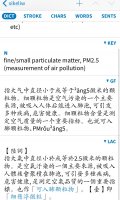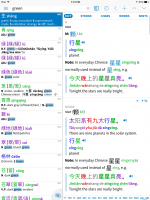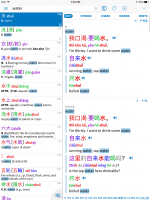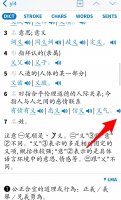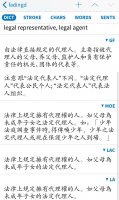Before 1949 and after the fall of the Qing dynasty, 國語 and 注音 were created by the nationalist in mainland China to replace the common speech used in the Qing dynasty. After 1949 when the communist took over they modified 國語 to be more similar to the Beijing dialect and then called it 普通話 as well as replacing 注音 with 拼音. 國語 and 注音 went with the nationalists to Taiwan.
國語 in Taiwan has the same connotations as does 普通話 in China. That is, "Mandarin" is the official spoken language of the country as opposed to any other language or spoken dialect. It is not a contrast between non-standard and standard forms of spoken mandarin.
That's exactly what I meant. Both 國語 and 普通話 are created as official standard languages which have a similar standing as RP in English: They are what people think of as the most correct/sophisticated way of speaking Mandarin, but in reality you will rarely hear "pure" 國語 or 普通話. The only place where I am used to hearing more or less pure 國語/普通話 is the news, and even there I often hear regional influences, especially in Taiwan where most people are familiar with, for example common Southern Min words so they don't pose a comprehension issue. In the PRC, use of local expressions seems much less common, I guess because people's language backgrounds are so much more varied due to the hugely larger area.
I have looked for some examples for regional Taiwanese expressions which I consider part of "Taiwanese Mandarin" but which don't appear in the MoE 國語 dictionary. And indeed, I have to concede that a lot of what I consider regional expressions have been included into the 國語 standard (e.g. 打拼 < 閩南 phah-piàⁿ 拍拚). But this appears to be mostly the case with calques from local language (i.e. words which are pronounced with a Mandarin reading of the characters instead of the original pronunciation. A lot of words which are used with their (in some cases Mandarinized) local language pronunciation in Mandarin discourse on the other hand are not listed. Examples are 阿公 and 阿嬷/媽 for "grandma/grandpa" or the word kiū (usually spelt with the English letter "Q"; the 閩南 source word khiū is spelt as (食 next to 丘) in the MoE's 閩南 dictionary), which denotes a gummi-like texture in foods, like grilled squid or tapioca perls for example. All of these are definitely loanwords, but they are perfectly normal to use in Mandarin and (at least to me) don't feel like code-switching.
Naturally, the same can be said about regional words in colloquial PRC Mandarin (i.e. 普通話 != PRC Mandarin just like 國語 != Taiwan Mandarin), but of course it's hard to find supra-regional commonalities over such a vast area.
That being said, it seems the "Taiwanese Mandarin" and "Chinese Mandarin" in the title does refer to the standards, i.e. 國語 and 普通話 respectively, so I think there would be no ground for factual contesting if those names were chosen as labels.

